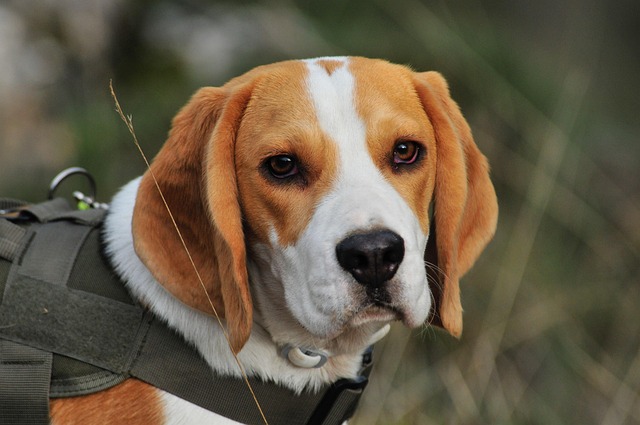
How do i train my dog to be obedient?
Watching your dog dart across the park ignoring your calls isn’t just frustrating—it can put them at risk near busy streets or public spaces.
Beagles are known for their curious noses and wagging tails, but getting those cute paws to lift on command takes patience. Start when your pup is relaxed—maybe after a walk or during a quiet evening at home. Have their favorite treats ready, something small like bits of cooked chicken or commercial training rewards that won’t fill them up too fast.
Sit beside your beagle, letting them sniff the treat in your closed hand. Once they’re focused, slowly move your hand toward their chest. Most beagles will naturally lift a paw to touch your hand, trying to get at the snack. The second their paw makes contact, say “paw” clearly and give the treat. Repeat this 5-6 times per session; beagles have short attention spans, so keep it fun.
 After a few days, wait for your beagle to lift their paw without moving your hand toward them. When they do, use the “paw” command and reward generously. If they seem confused, gently tap their leg to encourage them—never pull their paw, as that might make them resistant. Consistency is key here; practice at the same time each day, like after their morning meal.
After a few days, wait for your beagle to lift their paw without moving your hand toward them. When they do, use the “paw” command and reward generously. If they seem confused, gently tap their leg to encourage them—never pull their paw, as that might make them resistant. Consistency is key here; practice at the same time each day, like after their morning meal.
Once your beagle reliably offers their paw on command, start varying the rewards. Sometimes give a treat, other times use praise or a favorite toy. This teaches them that obeying “paw” is always worthwhile, not just when food is involved. You can also practice in different locations—indoors, in the yard, or even on walks (if it’s safe and allowed by local leash laws).
Remember, every beagle learns at their own pace. Some might pick up “paw” in a week, others take a month. Never scold them for not getting it right—positive reinforcement works best with this breed. Also, check your local regulations on training in public spaces; some areas have rules about where you can work with your dog off-leash.
Teaching “paw” isn’t just a cute trick—it strengthens the bond between you and your beagle, boosting their confidence and mental stimulation. Once they master it, you can build on the skill, maybe teaching them to “high five” or shake with the other paw. Enjoy the process; those wiggly paws and happy tail wags are worth every minute of practice.

Watching your dog dart across the park ignoring your calls isn’t just frustrating—it can put them at risk near busy streets or public spaces.

New puppy owners often find themselves rushing to clean up accidents before they set in, and that’s where puppy pad training becomes a game-changer.

If you've noticed your dog's waistline disappearing and your veterinarian has mentioned those few extra pounds, your first instinct might be to simply reduce the amount of food in their bowl.

Training a dog to use a designated spot indoors isn’t as daunting as many new owners fear, but it does take consistency and an understanding of your pet’s needs.

That moment of dread on a walk is all too familiar for many new dog owners. You see another dog approaching down the sidewalk of your neighborhood

If the sight of another dog on your neighborhood walk makes your heart sink as your own dog erupts into a frenzy of barking and lunging, you're not alone.